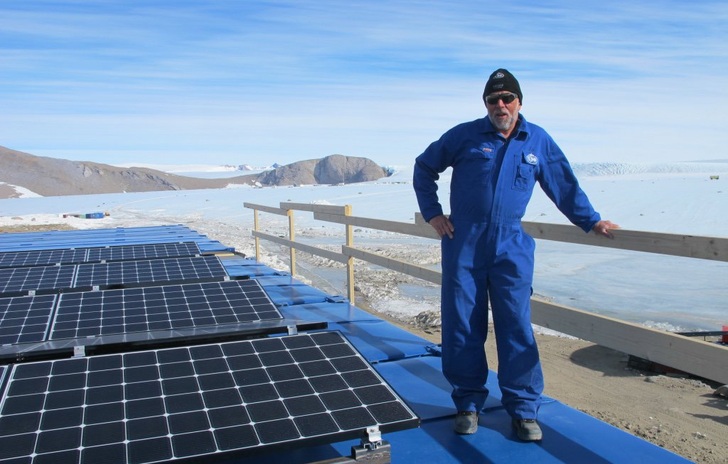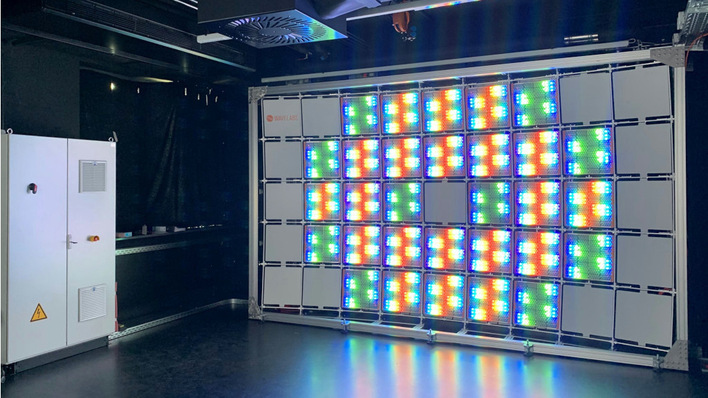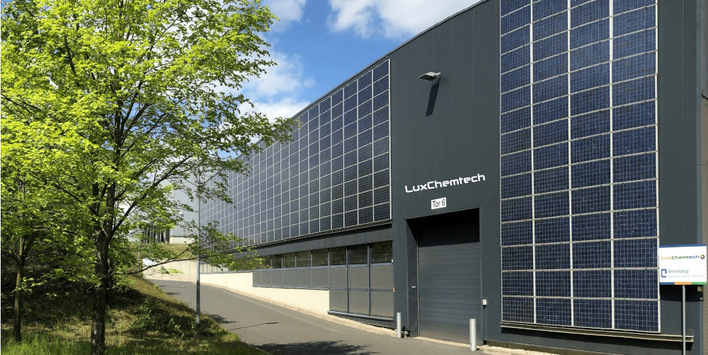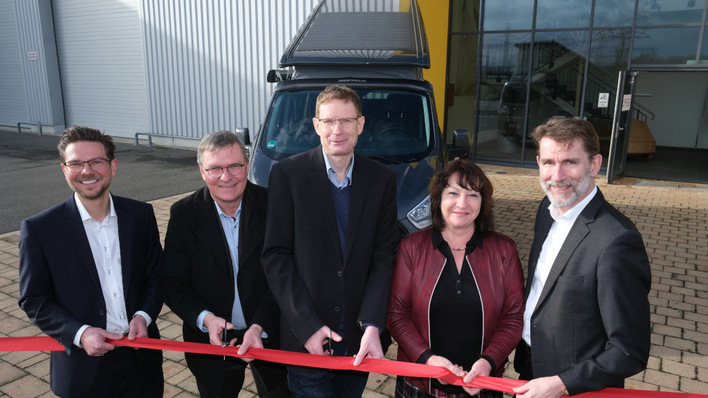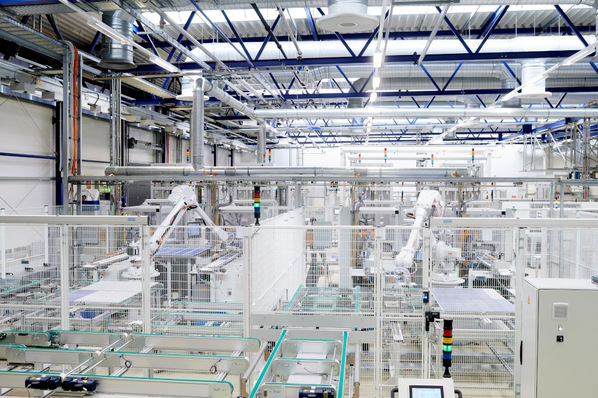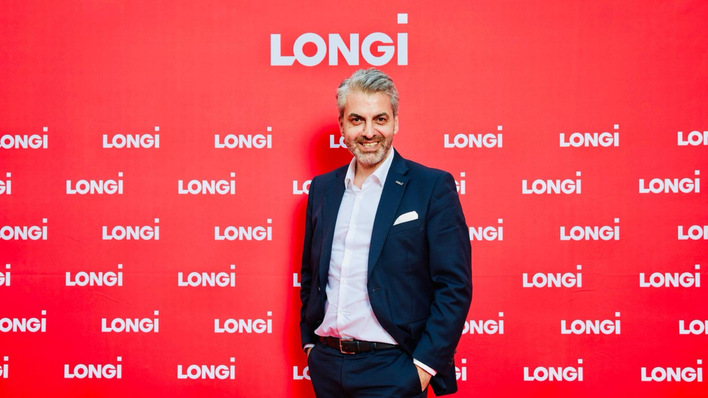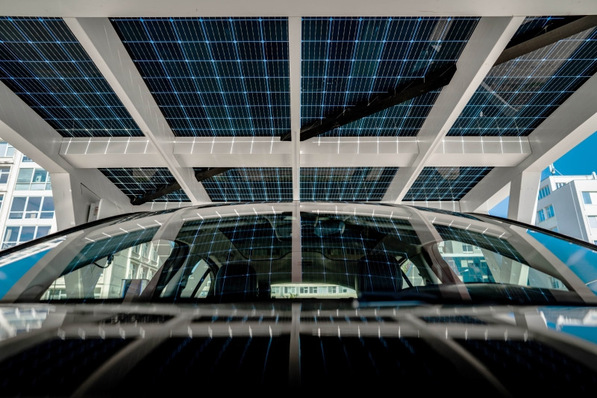The facility attempts to minimize its environmental impact through several mechanisms, including minimizing area usage. Energy consumption is reduced by using recirculating excess heat to melt snow and ice for drinking water and heating. Waste is minimized through purchase planning and recycling.
Green Trolls using solar energy
In October 2015 the Norwegian Polar Institute conducted a feasibility study for the integration of renewable energy in Troll, with focus on solar power. The project is called “Troll Green Station”. Considering the special conditions of the location, it has been decided to build a pilot solar power project on the roof of one of the buildings in order to build competence and collect data.
The pilot project will give better understanding of the conditions and the system for a more efficient planning of the full project implementation. The companies involved worked hand in hand on a tight schedule to complete the pilot PV installation with 7.3 kilowatt before Antarctic winter.
All required components have been transported to the Troll research station with the research vessel “Lance”. Now, the system is up and running and delivered solar yields extremely close to the projected ones, in April 2016.
Extreme weather conditions
The Norwegian installation company GETEK AS has been awarded for the design and the delivery of the solar system, as well as for the training of the installation works in Norway, prior to the shipping to the Antarctic.
The company, whose slogan is „we give you access to power where electricity does not exist “ has wide experience with PV installations in extreme locations, such as the Norwegian mountains.
The Antarctic solar installation, which has to withstand temperatures as low as 60 degree Celsius below zero and wind gusts up to 77 meters per second (280 kilometers per hour), were some more challenge for GETEK.
The system design had to take into consideration an optimum solar yield, paired with a maximum space usage. GETEK chose a V-shaped, 10 degree mounting structure from AmbiVolt Energietechnik, a German mounting systems specialist, which features reduced wind vulnerability due to aerodynamic effects proven in extensive wind tunnel tests.
Easy maintenance access
Easy maintenance accessibility without the need to dismount solar panels is given thanks to an integrated walk way, called “Top Path”, while thermal dilatations are absorbed by special, telescopic profile interconnections. The system AmbiLight Eco, which is usually installed on foil roofs, had to be adapted to the local conditions: due to wind loads up to 4 kilo newton per square meter, the system was screwed on specially designed welded fasteners. This guarantees the structural safety without penetrating the insulated containers.
High expectations have been on the Photovoltaic solar modules, delivered by LG Electronics and the electrical inverters from Fronius International as well. The LG NeON high performance solar modules are using the CELLO-Technology which replaces traditional ribbons by modern wires.
About solar modules and inverters
This increases the efficiency of crystalline Silicon solar modules even further. Due to this innovation LG Electronics has been awarded the Intersolar Award 2015. Intersolar is the world’s biggest solar trade fair. This solar module model can have up to 320 Watts and has been developed for maximum snow loads of up to 6,000 Pa (6 Kilonewton per square meters) and wind loads of up to 5,400 Pa. It also features an outstanding weak-light performance. It comes with a 12-year product and a 25-year power warranty.
The chosen transformerless Fronius Symo three-phase inverter, meanwhile, is suited for systems of every size. The high system voltage, wide input voltage range and two MPP trackers ensure maximum flexibility in system design and guarantee a maximum power output over the entire day. Thanks to the SuperFlex Design, a single inverter can cope with any challenge – including different module orientations and low sun angles.
Solar production fits the consumption profile
While commonly being thought of as a location with a low solar irradiation, in practice the Antarctic does feature very long days with up to 24 hours of sunshine during the Antarctic summer. Together with a symmetric orientation of the solar panels, this sums up to a respectable projected specific annual yield of approximately 957 kWh/kW. By comparison: That is a very common yield for northern Germany.
Being the Troll station located in an area, considered a desert with a very dry climate, snow usually doesn’t lay for long on the modules and is blown away by the wind. This implementation will unburden the diesel generators at a high level, without installing battery storage units.
Due to a maximum occupancy of 40 people during the Antarctic summer (from September to March), while not more than 8 are living in the research station during winter (from March to September), the solar production will fit the consumption profile surprisingly well. That way, at its final stage the project “Troll Green Station” will significantly reduce the ecological impact of the research station in a cleverly economical way. (HS)

